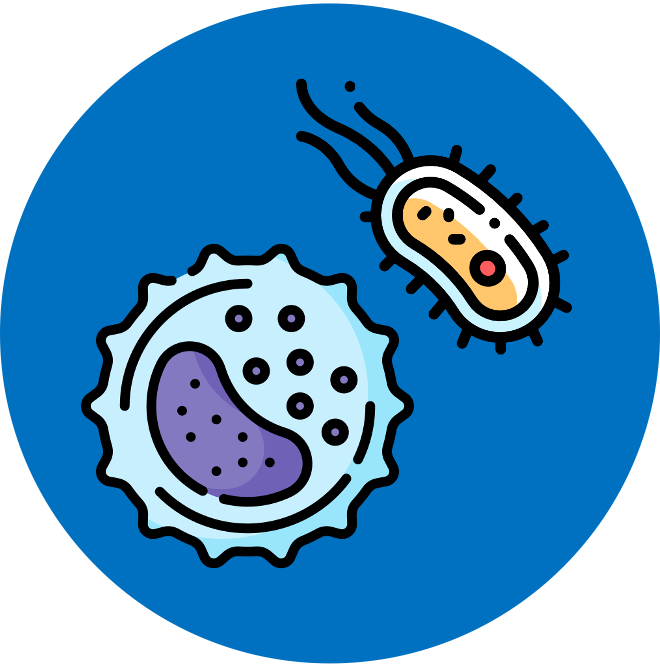

Types of Cells
SL Content Statements
-
A2.2.5
Prokaryote cell structure
-
Include these cell components: cell wall, plasma membrane, cytoplasm, naked DNA in a loop and 70S ribosomes. The type of prokaryotic cell structure required is that of Gram-positive eubacteria such as Bacillus and Staphylococcus. Students should appreciate that prokaryote cell structure varies. However, students are not required to know details of the variations such as the lack of cell walls in phytoplasmas and mycoplasmas.
-
A2.2.6
Eukaryote cell structure
-
Students should be familiar with features common to eukaryote cells: a plasma membrane enclosing a compartmentalized cytoplasm with 80S ribosomes; a nucleus with chromosomes made of DNA bound to histones, contained in a double membrane with pores; membrane-bound cytoplasmic organelles including mitochondria, endoplasmic reticulum, Golgi apparatus and a variety of vesicles or vacuoles including lysosomes; and a cytoskeleton of microtubule and microfilaments.
-
A2.2.8
Differences in eukaryotic cell structure between animals, fungi, and plants
-
Include presence and composition of cell walls, differences in size and function of vacuoles, presence of chloroplasts and other plastids, and presence of centrioles, cilia and flagella.
-
A2.2.10
Cell types and cell structures viewed in light and electron micrographs
-
AOS: Students should be able to identify cells in light or electron micrographs as prokaryote, plant or animal. In electron micrographs, students should be able to identify these structures: nucleoid region, prokaryotic cell wall, nucleus, mitochondrion, chloroplast, sap vacuole, Golgi apparatus, rough and smooth endoplasmic reticulum, chromosomes, ribosomes, cell wall, plasma membrane and microvilli.
-
A2.2.11
Drawing and annotation based on electron micrographs
-
AOS: Students should be able to draw and annotate diagrams of organelles (nucleus, mitochondria, chloroplasts, sap vacuole, Golgi apparatus, rough and smooth endoplasmic reticulum and chromosomes) as well as other cell structures (cell wall, plasma membrane, secretory vesicles and microvilli) shown in electron micrographs. Students must include the functions in their annotations.
-
B2.2.1
Organelles as discrete subunits of cells that are adapted to perform specific functions
-
Students should understand that the cell wall, cytoskeleton and cytoplasm are not considered organelles, and that nuclei, vesicles, ribosomes and the plasma membrane are
-
B2.2.2
Advantage of the separation of the nucleus and cytoplasm into separate compartments
-
Limit to separation of the activities of gene transcription and translation – post-transcriptional modification of mRNA can happen before the mRNA meets ribosomes in the cytoplasm. In prokaryotes this is not possible – mRNA may immediately meet ribosomes.
-
B2.2.3
Advantages of compartmentalization in the cytoplasm of cells
-
Include concentration of metabolites and enzymes and the separation of incompatible biochemical processes. Include lysosomes and phagocytic vacuoles as examples.



